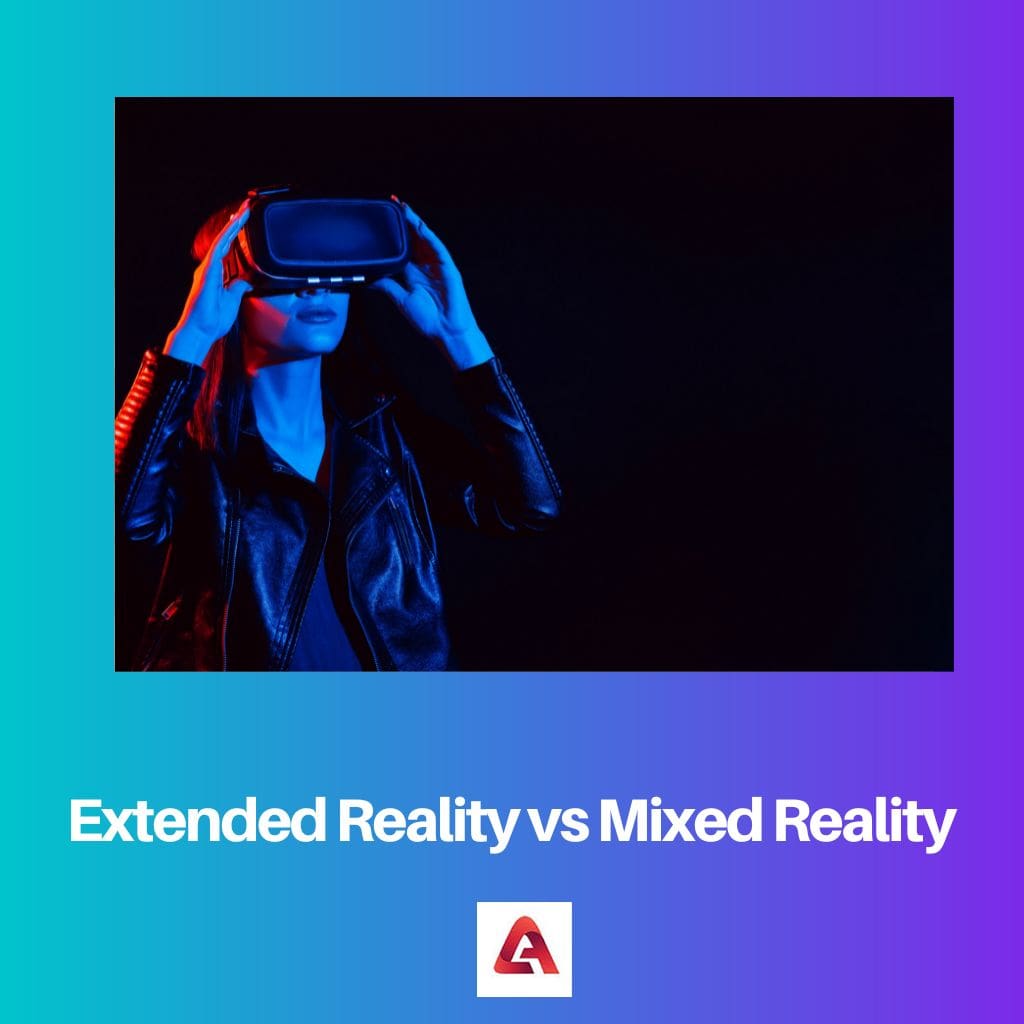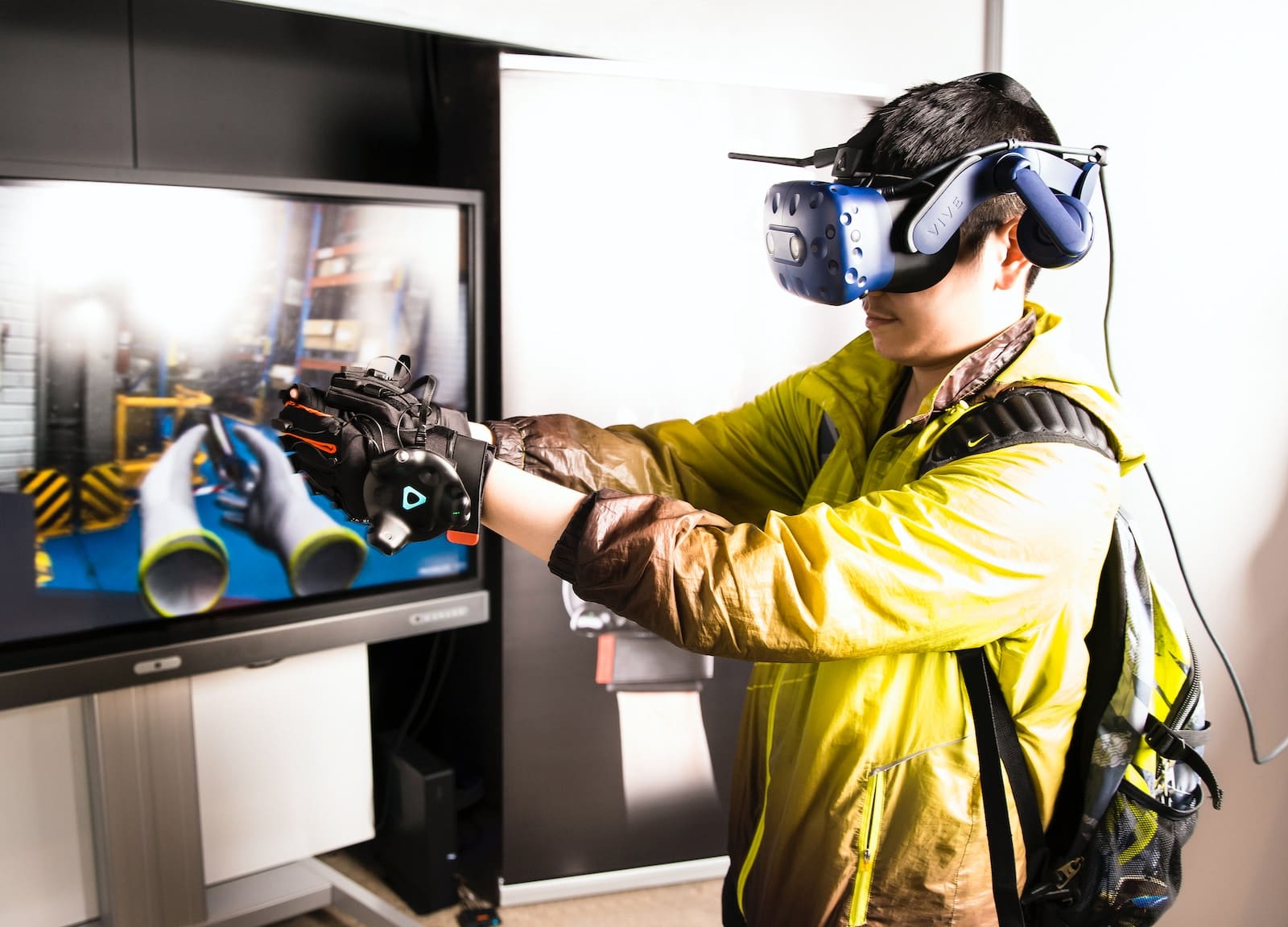We all attempt to flee reality, yet the distinction between Extended Reality and Mixed Reality can be puzzling. Nowadays, the virtual world is practically taking over, and the most well-known phrases are virtual reality, cross reality, and augmented reality.
However, this is not quite accurate; extended and mixed reality are also well-known.
Key Takeaways
- Extended Reality (XR) encompasses a range of immersive technologies, including Virtual Reality (VR), Augmented Reality (AR), and Mixed Reality (MR).
- Mixed Reality combines elements of both VR and AR, blending digital content with the physical world.
- XR provides a broader spectrum of applications and experiences than MR, focusing on the interaction between real and virtual elements.
Extended Reality vs Mixed Reality
Extended reality is an umbrella term for augmented reality, virtual reality, and mixed reality. Mixed Reality (MR) is the merging of physical and digital worlds that allows you to witness and immerse yourself in the physical world around while simultaneously interacting with a virtual environment.

Extended reality is frequently abbreviated as ‘XR.’ The phrase alludes to the combination between a ‘real’ and a ‘virtual’ environment, as well as ‘human’ and ‘machine’ engagements.
These systems can either be computerized or wearable. The term ‘X’ refers to a variable that represents any type of present or prospective spatial computing technology.
The shorthand for mixed reality is ‘MR.’ The concept alludes to the blending of a physical and digital environment, but the goal is to create a new environment from an emerging one.
Surprisingly, mixed reality does not occur in a virtual or physical environment, but rather is a hybrid of an alternate reality such as augmented and virtual reality.
Comparison Table
| Parameters of Comparison | Extended Reality | Mixed Reality |
|---|---|---|
| Definition | An environment that includes both physical and virtual worlds. | A combination of two environments in order to produce a new one. |
| Abbreviation | The abbreviation of extended reality is ‘XR’. | The abbreviation of mixed reality is ‘MR’. |
| Technology | This term includes all sorts of technologies such as AR, VR, and MR. | This term is a recent innovation in the term of ‘reality’. |
| Experience | Extended reality makes the virtual age indistinct from the physical world. | Mixed reality gives an optimal experience of both the environment. |
| Representative forms | Representative kinds of extended reality include augmented, mixed reality, and virtual reality. | The term mixed reality is a hybrid of augmented reality and virtual reality. |
What is Extended Reality?
To put it plainly, the extended reality is a concept that encompasses all real and virtual world elements. Extended reality also includes any human-machine interaction produced by a computer or wearable technology.
This is a developing reality in today’s technological generation. You can discover extended reality in a variety of fields, including work from home, education, and, most notably, entertainment.
XR is a specialized version that covers the full range from “the complete real” to “the complete virtual” in Paul Milgram’s concept of the reality–virtuality continuum. Extended reality is all about discovering new ways to connect with present technology.
It’s a clever and innovative way to connect with technology, which is why it’s called ‘Extended Reality.’
For example, to make it easier to comprehend, the extended reality is like a virtual environment that seems like a real world, and it has a share of elements to create this.
It’s more like experiencing an imaginary world while believing you’re in the real one. You can literally experience both the virtual and real worlds in an advanced way.
Because the extended reality is so broad, the letter ‘X’ in ‘XR’ is actually a variable that can stand for any letter. XR is a large field that encompasses all forms of reality.

What is Mixed Reality?
This reality is represented by the phrase ‘Mixed.’ Virtual reality is a wholly digital environment, whereas augmented reality is a real-world component with a virtual overlay.
The Mixed reality is the result of their combination. As a result, mixed reality is a hybrid of virtual and augmented reality.
This is the most relatively new invention in the domain of reality, so the confusion is reasonable. The ability of artificial and real-world content to interact with each other in real-time is a major feature of Mixed Reality.
In mixed reality, a person can travel through both the actual and virtual worlds, simultaneously. Paul Milgram and Fumio Kishino first described mixed reality as ‘anywhere between the extrema of the virtuality continuum’ in 1994.
Mixed reality has been applied in a wide range of applications, including education, entertainment, healthcare, and others. Mixed reality has numerous uses in the world of entertainment, ranging from game consoles to television.
Virtual items in mixed reality can communicate with the real world rather than simply being overlaid on it. MR not only overlays but also attaches virtual objects to the physical realm.

Main Differences Between Extended Reality and Mixed Reality
- Extended reality can be described as a reality that includes both real and virtual environment. Mixed reality can be described as a combination of real and virtual environment to create a new environment or visualization.
- The abbreviation of extended reality is ‘XR’. And the word ‘X’ is a variable that can be placed with any letter. The abbreviation of mixed reality is ‘MR’ and it’s pretty understandable.
- Extended reality includes augmented reality, virtual reality and mixed reality. Mixed reality on the other hand is also known as ‘hybrid’ reality because it’s a hybrid of augmented and virtual reality.
- Extended reality actually makes the real environment indisguindiable from the virtual world. Mixed reality on the other hand is a hybrid reality so it exists beyond of all the other realities which also mean beyond augmented reality.
- The perfect example of Extended Reality is ‘Pokemon Go’ game, that overlays the virtual characters in the real world. And the perfect example of mixed reality is ‘Microsoft HoloLens’ which actually allows an individual to create a virtual world or even tamper with the physical environment.

- https://link.springer.com/article/10.1007/s11936-019-0722-7
- https://journals.sagepub.com/doi/abs/10.1177/0018720820904229
